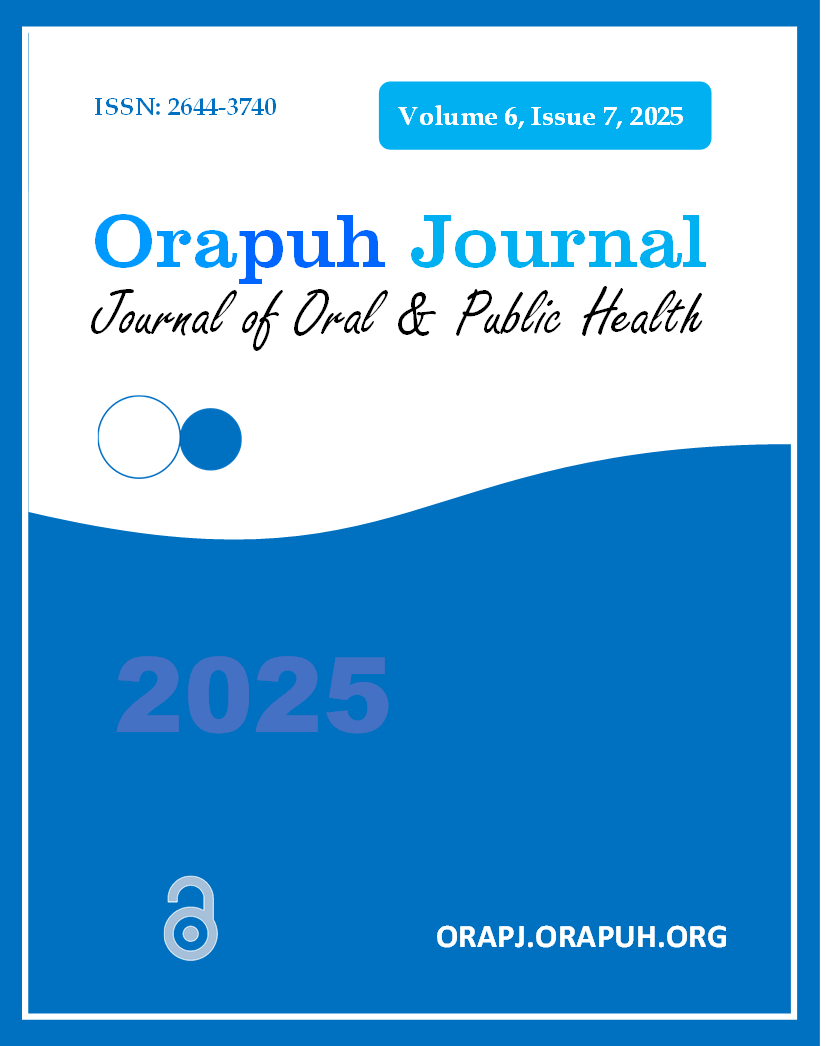Abstract
Introduction
This study assesses the nutritional status of children aged 6 to 59 months in the Luiza Health Zone of the Democratic Republic of Congo.
Purpose
The main objective was to evaluate the nutritional situation of children aged 6 to 59 months. Specific objectives included determining the rate of acute malnutrition, identifying different forms of malnutrition, and analysing which age groups and sexes are most affected.
Methods
A descriptive cross-sectional study was conducted from February 15 to 18, 2025, using systematic random sampling. Data were collected from 915 children aged 6 to 59 months, measuring between 65 cm and 110 cm, in randomly selected households in the Luiza Health Zone. Data collection tools included a data collection form, pen, scale, height board, and MUAC tape. Data entry was performed using Excel 2019, and analysis was conducted with Epi Info.
Results
The study found a concerning nutritional status among children in the Luiza Health Zone. Gender distribution included 516 females (56%) and 399 males (44%). Age groups comprised 391 children (42.73%) aged 6–23 months and 524 children (57.27%) aged 24–59 months. Regarding nutritional status, 660 children (72.13%) were in good nutritional condition, 163 (17.81%) suffered from moderate acute malnutrition, and 92 (10.05%) had severe acute malnutrition. Edematous severe acute malnutrition accounted for 1.42%. The overall prevalence of malnutrition was 26.45%.
Conclusion
The prevalence of malnutrition in all its forms remains alarmingly high among children aged 6 to 59 months in the Luiza Health Zone.
References
Akoto, E. M., & Hill, A. (1998). Morbidity, malnutrition, and mortality of children in population and societies in Sub-Saharan Africa. Harmattan.
Bakenda, J. L. (2004). Determinants of malnutrition among children under 5 in Gabon (Master’s thesis). IFORD, Yaoundé.
Barbieri, M. (1991). Determinants of child mortality in the developing world (CEPED Reports No. 18). CEPED.
Bhandari, N., Bahl, R., Taneja, S., de Onis, M., & Bhan, M. K. (2002). Growth performance of affluent Indian children is similar to that in developed countries. Bulletin of the World Health Organization, 80(3), 189–195. https://doi.org/10.1590/S0042-96862002000300003
Black, R. E., Allen, L. H., Bhutta, Z. A., Caulfield, L. E., de Onis, M., Ezzati, M., Mathers, C., & Rivera, J. (2008). Maternal and child undernutrition: Global and regional exposures and health consequences. The Lancet, 371(9608), 243–260. https://doi.org/10.1016/S0140-6736(07)61690-0
Camara, L. (2005). Factors associated with malnutrition among children under five in Guinea (Master’s thesis). IFORD, Yaoundé.
COOPI. (2017). Nutritional anthropometric and retrospective mortality survey in the Luiza Health Zone, Kasaï Central.
COOPI & PRONANUT. (2017). Malnutrition survey in the Kasai region. COOPI (Cooperazione Internazionale) Report. https://example.com/report_kasai
Dackam, N. R. (1988). Mother’s education level and mortality: A critical evaluation. Annals of IFORD, 12(1), 101 pages.
EFSA & INS. (2020). Food security assessment in the Kasai region. European Food Safety Authority. https://www.efsa.europa.eu/en/efsajournal/pub/2020
FAO. (2013). Human nutrition in tropical Africa: Manual for health personnel. https://www.fao.org
FAO. (2017). Hunger worldwide is increasing. https://www.fao.org/state-of-food-securitynutrition/2017/
FAO. (2018). The state of food security and nutrition in the world 2018. https://www.fao.org/state-of-food-securitynutrition/en/
INS. (2020). In-depth assessment of food security in emergency situations in the provinces of Kasaï Central and Kasaï Oriental. December 2020.
Matipa, K. (2017). Assessment of the nutritional status of children under five admitted to UNTA at CS AGETRAF of TSHIAMILEMBA Health Zone (L2 Nutrition thesis). ESP, UNILU, DRC.
MICS. (2018). Multiple indicator cluster surveys. https://mics.unicef.org/
Ntumba, A. (2021). Determinants of malnutrition among children under 5 in the TSHIKAJI Health Zone (Master’s thesis in Human Nutrition). AS TAMBWE Saint Bernard, Faculty of Health Sciences / Human Nutrition, Simon Kimbangu University of Kananga.
PNSA. (2010). National nutritional survey report. Ministry of Health, Democratic Republic of the Congo. https://example.com/national_nutrition_survey_2010
PRONANUT. (2022). SNSAP (National System for the Monitoring of Nutrition Aid) Bulletin: Malnutrition Rates in 2022. National Program for Nutrition. https://example.com/ispn/2022bulletin
UNICEF. (2016). The state of the world’s children 2016: A fair chance for every child. https://www.unicef.org/reports/state-of-worldschildren-2016
World Health Organization. (2000). Management of severe malnutrition: Manual for physicians and health workers at the supervisory level. https://www.who.int/publications/i/item/9241545210
World Health Organization. (2015). World Health Organization report on food security and nutrition. https://www.who.int/publications/i/item/9789241565061
World Health Organization. (2017). Global nutrition targets 2025: Policy brief on childhood overweight. https://www.who.int/nutrition/publications/globaltargets2025-policybrief

This work is licensed under a Creative Commons Attribution-NonCommercial 4.0 International License.

